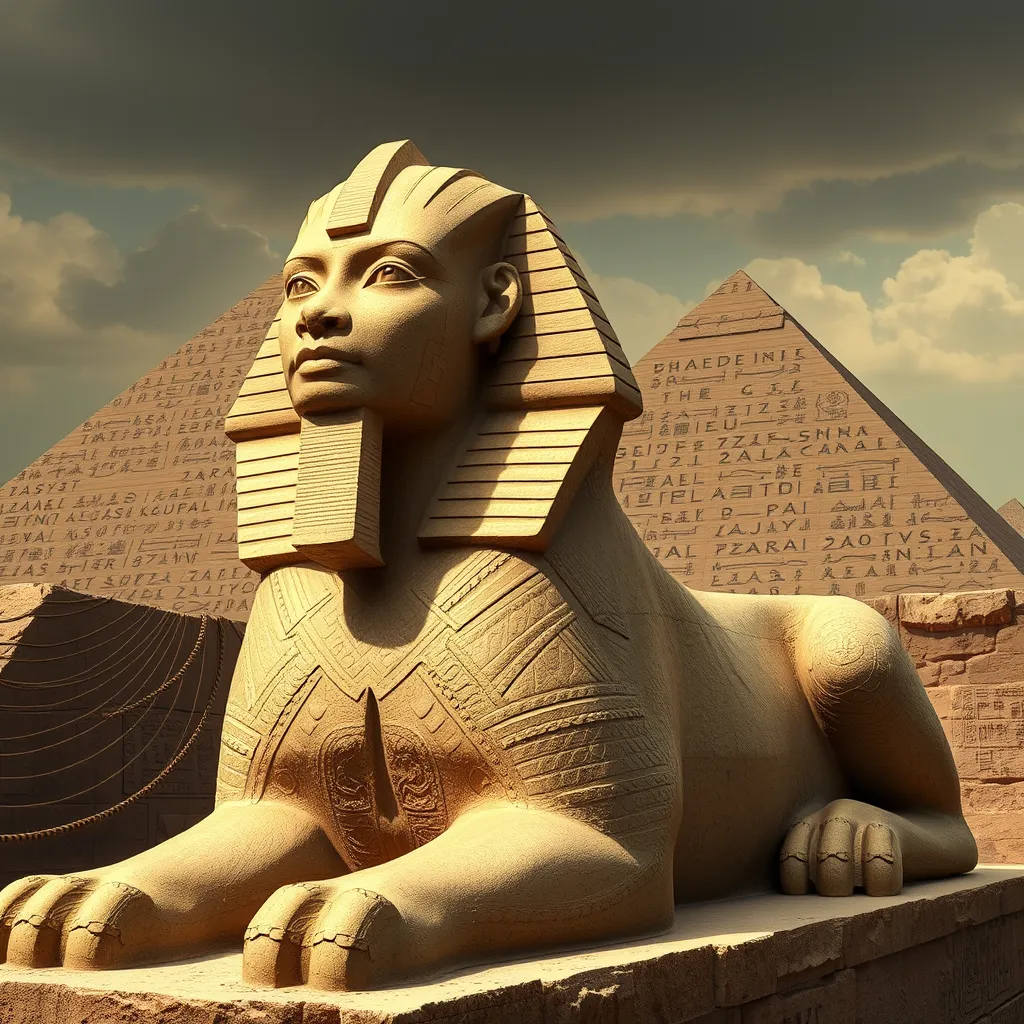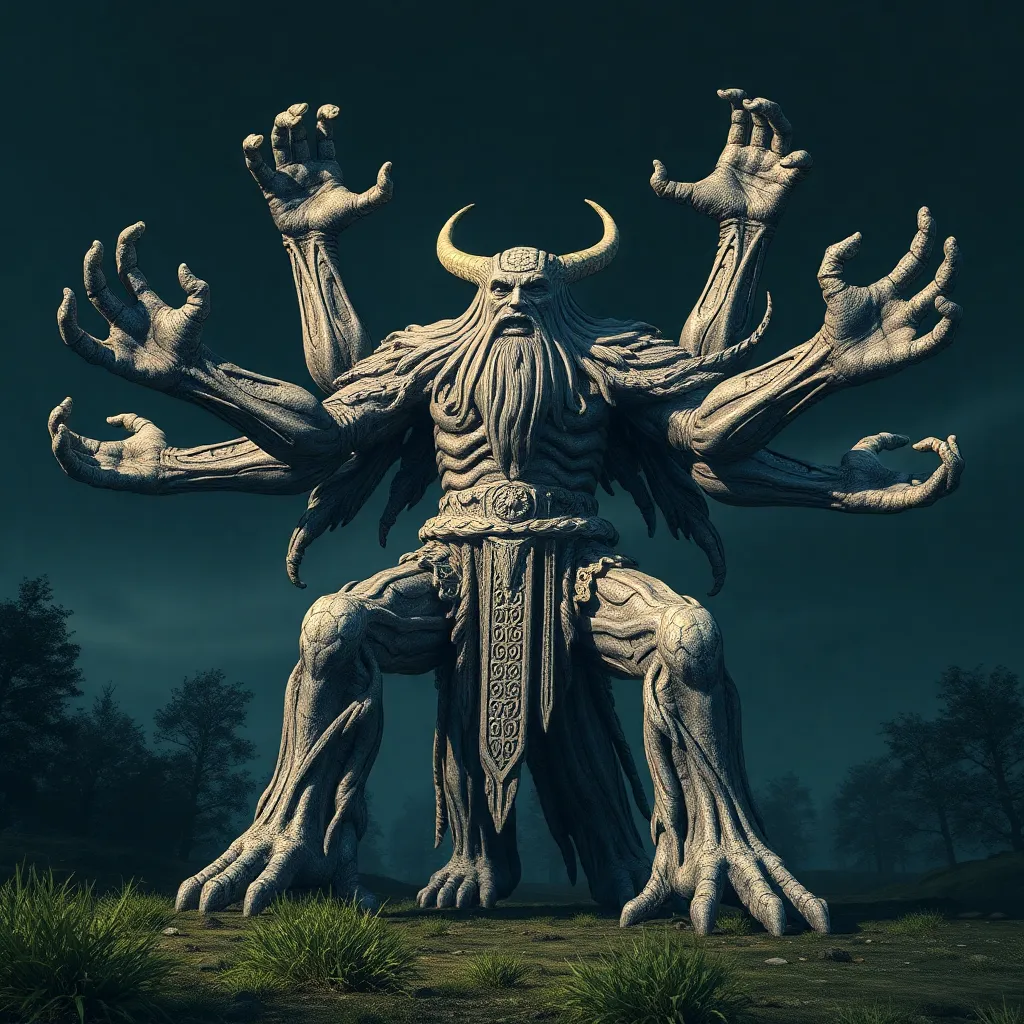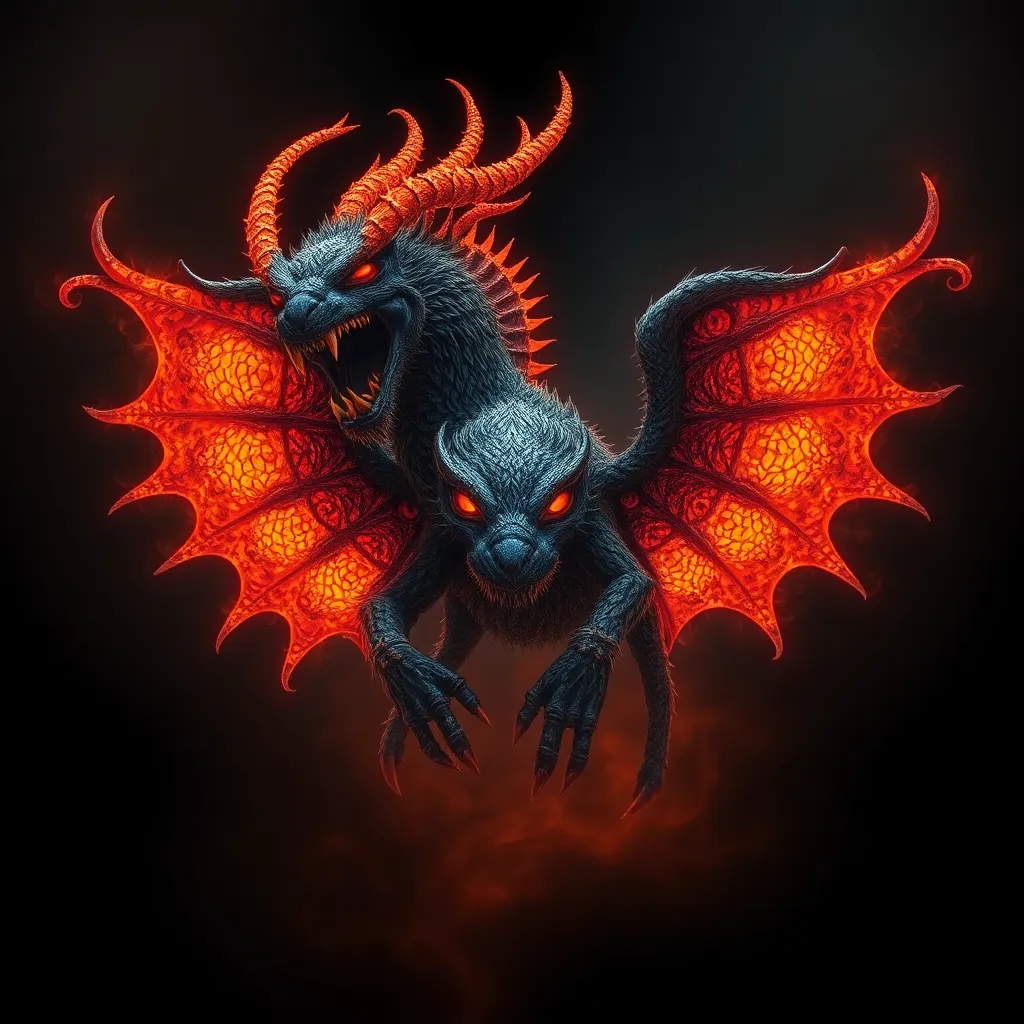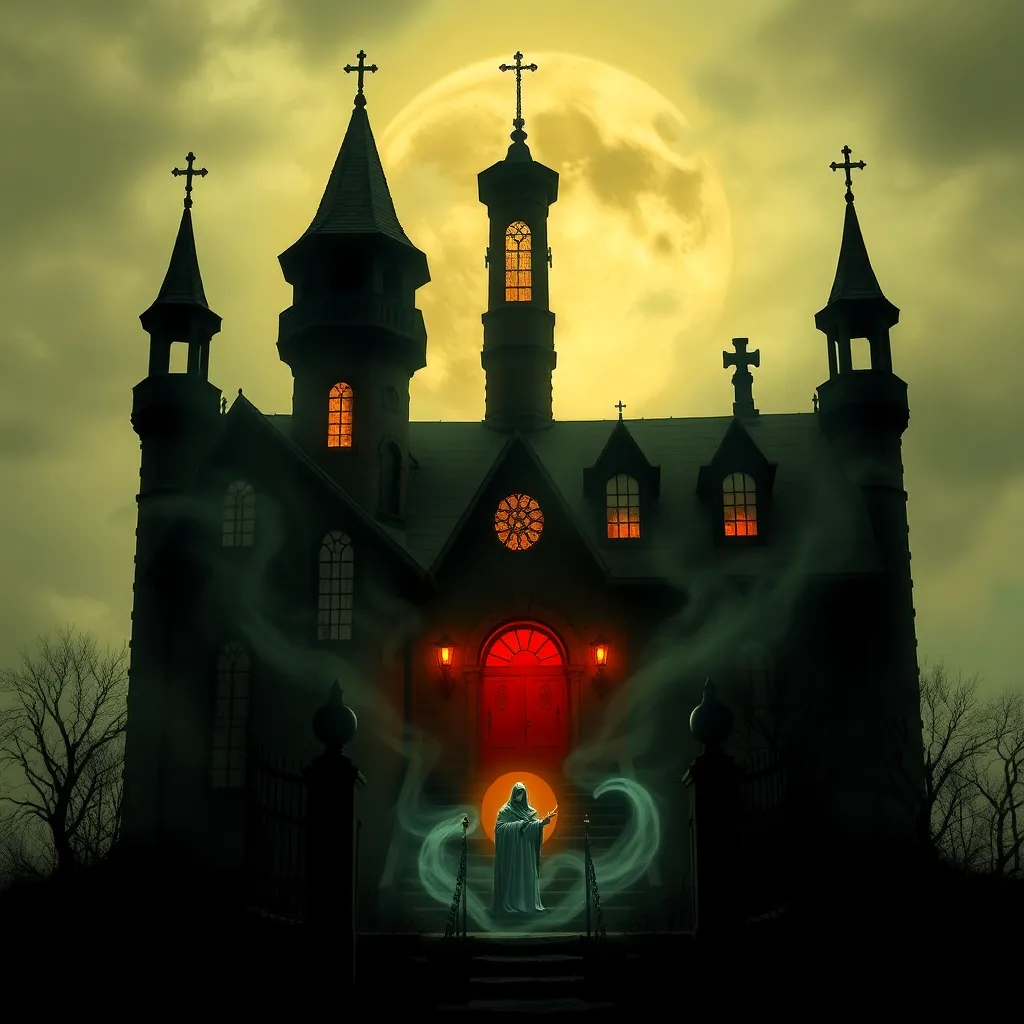The Sphinx in Mesopotamian Art: Depictions of Power and Protection
I. Introduction
Mesopotamian art is a rich tapestry woven from the threads of various cultures and civilizations that flourished in the region between the Tigris and Euphrates rivers. Known as the cradle of civilization, Mesopotamia has produced a wealth of artistic and architectural achievements that reflect its complex social and political structures.
One of the most intriguing symbols that has emerged from ancient cultures, including Mesopotamia, is the Sphinx. This mythical creature, often depicted with a lion’s body and a human head, serves as a powerful emblem of strength, protection, and duality.
This article aims to explore the role of the Sphinx in Mesopotamian art, specifically as a representation of power and protection, delving into its historical context, symbolism, artistic representations, and its significance in royal imagery and sacred spaces.
II. Historical Context of the Sphinx in Ancient Cultures
The Sphinx motif has its origins in various ancient civilizations, with its most famous representation found in Egypt. However, its influence extended beyond the Nile, making its way into the art and mythology of Mesopotamia.
In Mesopotamia, the Sphinx can be compared to its counterparts in other cultures:
- Egyptian Sphinx: Typically characterized by a lion’s body and a human head, it symbolized strength and was often associated with the pharaohs.
- Greek Sphinx: Often depicted as a winged creature, it represented mystery and was linked to riddles and challenges.
Over time, the symbolism of the Sphinx evolved, adapting to the cultural and religious contexts of the societies that embraced it. In Mesopotamia, the Sphinx became a multifaceted symbol, embodying both protective and royal connotations.
III. Symbolism of the Sphinx in Mesopotamian Art
The Sphinx in Mesopotamian art represents a fascinating duality, combining human intellect with animal strength. This duality was significant in a culture that valued wisdom and power.
In mythology and architecture, the Sphinx served as a guardian figure:
- Guardian of Thresholds: Sphinxes were often positioned at entrances to temples and palaces, serving as protectors of sacred spaces.
- Symbol of Divine Protection: The Sphinx was believed to ward off evil and protect the sanctity of important sites.
Additionally, there are connections between the Sphinx and various deities within Mesopotamian belief systems, further enhancing its status as a powerful protective figure.
IV. Artistic Representations of the Sphinx
Mesopotamian artists employed various mediums to depict the Sphinx, including:
- Sculpture: Stone carvings and colossal statues were common, showcasing the Sphinx’s grandeur.
- Reliefs: Intricate wall carvings often featured Sphinxes in narrative scenes.
- Pottery: Sphinx motifs appeared in ceramics, highlighting their importance in everyday life.
Notable examples of Sphinx depictions can be found in artifacts such as cylinder seals and monumental architecture. These artistic representations showcase not only the Sphinx’s physical attributes but also the techniques and styles prevalent in Mesopotamian art.
Stylistically, Mesopotamian depictions of the Sphinx often featured a combination of realism and stylization, emphasizing its strength and majesty through detailed anatomy and dynamic poses.
V. The Role of the Sphinx in Royal Imagery
The Sphinx served as a potent symbol of royal power and legitimacy in Mesopotamian culture. Kings often associated themselves with the Sphinx to convey their authority and divine right to rule.
Examples of Sphinx imagery in royal inscriptions and monuments abound:
- Royal Seals: Many seals featured Sphinxes alongside the names of kings, reinforcing their power.
- Monumental Architecture: Sphinxes were incorporated into the design of palaces and temples, establishing a connection between the ruler and the divine.
This relationship between the Sphinx and the divine right of kings underscores the importance of power, protection, and the connection to the gods in Mesopotamian society.
VI. The Sphinx as a Protector in Sacred Spaces
In Mesopotamian architecture, the placement of Sphinx figures was strategic, often found in:
- Temples: Sphinxes flanked entrances, serving as sentinels of the sacred.
- Ziggurats: These stepped temples often featured Sphinxes, symbolizing the connection between heaven and earth.
The functions of the Sphinx in these contexts included:
- Guarding sacred rituals and ceremonies
- Protecting the space from malevolent forces
Case studies of specific sites, such as the Temple of Ishtar in Babylon, reveal prominent Sphinx representations that highlight their protective roles in ancient religious practices.
VII. Interpretations and Theories of the Sphinx’s Significance
Scholarly interpretations of the Sphinx’s role in Mesopotamian culture are diverse:
- Some view it as a representation of the balance between civilization and nature.
- Others see it as a symbol of the protective instincts of rulers over their subjects.
The Sphinx’s impact on later art and symbolism in subsequent cultures is also notable, influencing various artistic traditions and mythologies. Debates regarding the Sphinx’s meaning and function in ancient society continue, highlighting its complexity and enduring significance.
VIII. Conclusion
In summary, the Sphinx occupies a unique place in Mesopotamian art, serving as a powerful representation of both protection and authority. Its duality reflects the values of ancient societies, combining human intellect with animal strength.
The legacy of the Sphinx extends beyond Mesopotamia, influencing later cultures and art forms. Understanding the significance of the Sphinx enriches our appreciation of ancient civilizations and their artistic expressions.
Ultimately, the Sphinx stands as a testament to the intricate relationships between power, protection, and the divine in the ancient world.



